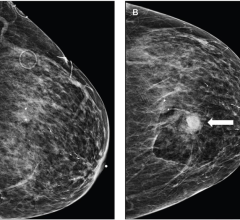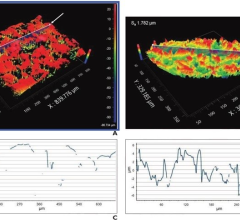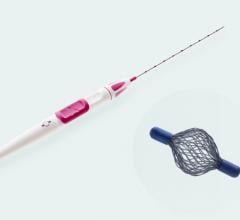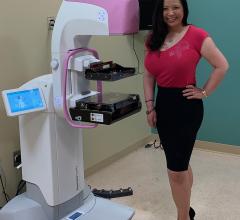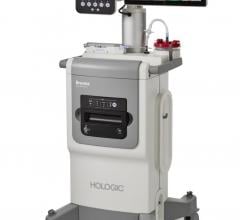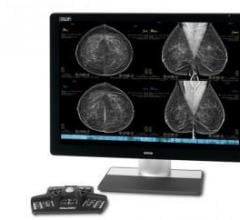
June 30, 2010 – Advanced imaging technologies have helped shift biopsy techniques away from more invasive approaches toward imaging-guided percutaneous—or through the skin—techniques, according to a new study appearing the September print and online edition of Radiology.
The development of computed tomography (CT), ultrasound and magnetic resonance imaging (MRI), allowed physicians to use advanced imaging guidance with biopsies. Imaging-guided percutaneous needle biopsies achieve greater precision in targeting lesions, resulting in high sensitivities and low complication rates.
For the study, researchers looked for biopsy trends in Medicare claims data from 1997 through 2008 for 10 anatomical regions. Biopsy procedures increased from 1,380 per 100,000 Medicare enrollees in 1997 to 1,945 biopsies in 2008, representing a compound annual growth rate of 3 percent. In 2008, 67 percent of all biopsies were performed percutaneously, compared to 59 percent in 1997.
“We also found that the use of imaging guidance increased over this time period, most likely because the technique enables more efficient and safe targeting of lesions,” said the study’s lead author Sharon W. Kwan, M.D., radiology resident at the University of California in San Francisco.
The increased percentage of imaging-guided percutaneous biopsies corresponded to decreases in the percentages of the more invasive open biopsies and non-imaging-guided percutaneous biopsies.
For more information: http://radiology.rsnajnls.org/

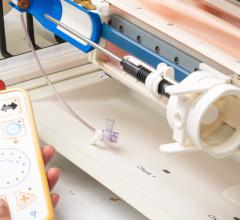
 September 14, 2023
September 14, 2023 
